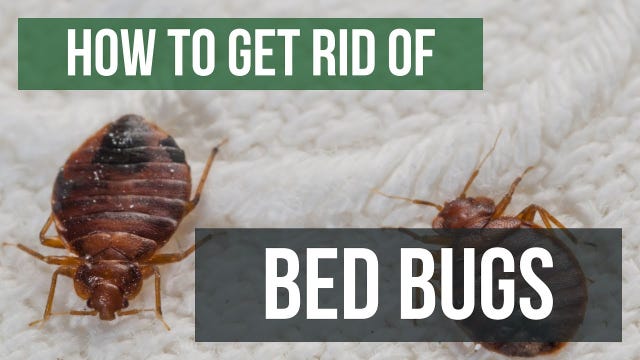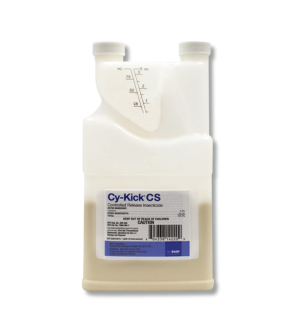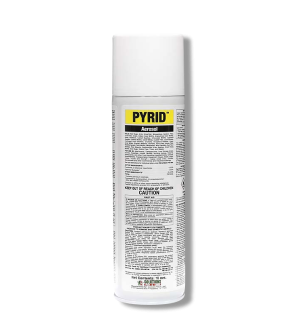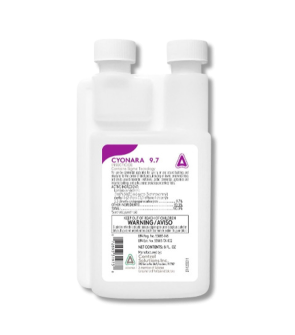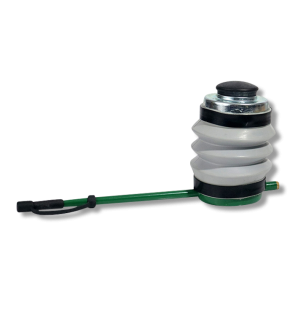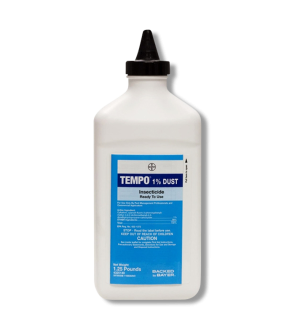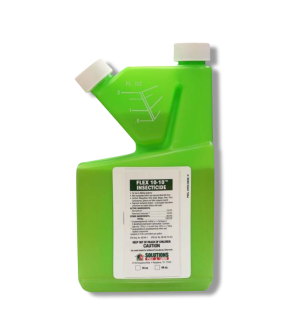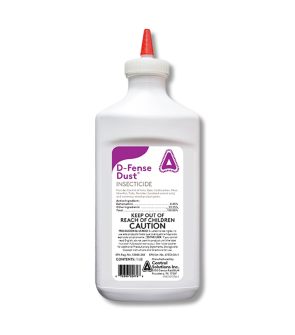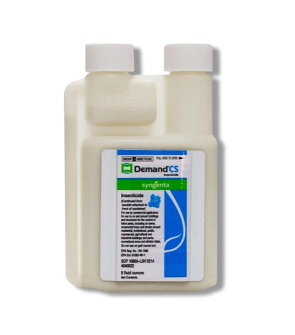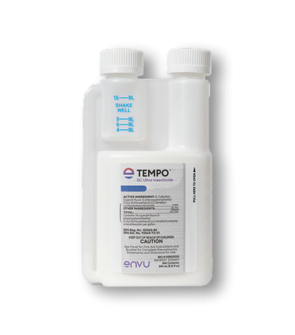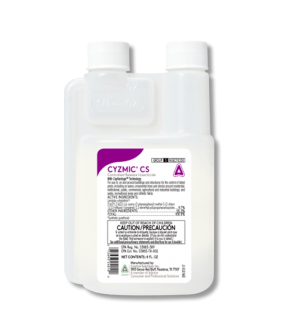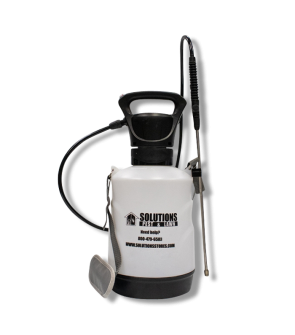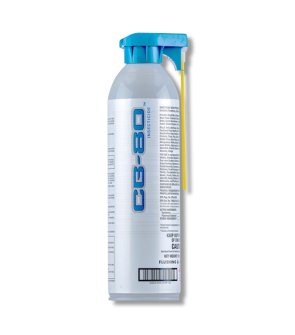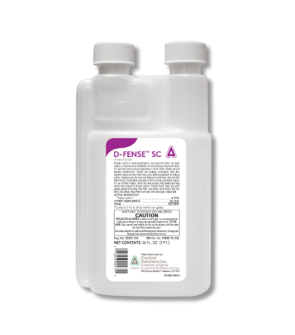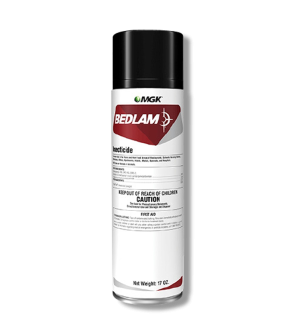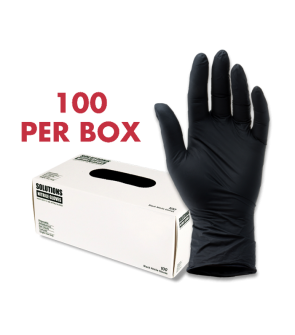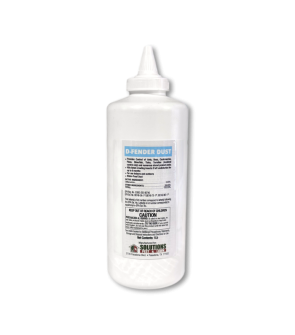Gain access to personalized product screening, the best pricing, rewards, and more!
Most Effective Products
Bed Bugs Control: How to Get Rid of Bed Bugs
This page is a bed bug control guide. Using the products and methods suggested you will control bed bugs. Follow this guide, use the recommended products, and we guarantee 100% control of bed bugs.
Bed bugs have long been a common household pest. They feed on blood, cause itchy bites, and are an extreme nuisance to humans. Bed bugs are considered a public health pest, but unlike most pests, they are not known to carry diseases. Nevertheless, getting rid of bed bugs remains a high priority for any household that encounters them.
In recent years, there has been an increase in bed bug outbreaks, mainly due to international travel. Bed bugs are known to hitchhike into luggage and even onto people by hiding in clothing. They infest mattresses, box springs, bed frames, headboards, and luggage racks. Other places include nightstands, chairs, baseboards, wall décor, and curtains.
If you have discovered bed bugs in your home, you will need to take action quickly. Otherwise, they will become a severe nuisance and cause numerous sleepless nights that will affect everyone.
Follow our DIY bed bug control guide below, and we guarantee 100% that you can eliminate bed bugs yourself with our expert advice and professional bed bug control product recommendations.
Identification
The first step to controlling bed bugs is correct identification. Misidentifying bed bugs can lead to using the wrong treatment methods, which can waste your time and money. Bed bugs can be mistaken for carpet beetles, young German cockroaches, ticks, and fleas, but bed bugs have some characteristics that set them apart.
- Bed bugs are about 5 to 7 mm long and have flat brown oval bodies, two antennae, six legs, and no wings. You can identify bed bugs if you find them in the following locations.
- Indoors, bed bugs are found in and around beds, mattresses, box springs, bedding, and pillows. There are only two species of bed bugs, and both are found in the same locations. After feeding, they become elongated and reddish and are visible. In large infestations, you might catch these insects close to your bed, in nightstands, cabinets, electronics, and in small cracks.
- A symptom of a bed bug infestation is waking up suddenly with red welts all over your body. This is a clear sign of a bed bug infestation.
- Bed bug eggs look like grains of rice but are smaller. They vary in color from transparent to pearl white and are often found in clusters. Bed bug eggs hatch within 6 to 10 days.
- You will need a microscope to view bed bug larvae. At a glance, they appear as small grains of pepper with a worm-like shape.
Use the image and description above to help you identify bed bugs properly. If you are still unsure, contact us, and one of our pros will assist you with proper identification.
Inspection
Once you have properly identified bed bugs, you must inspect them to determine the size of your infestation and where they are most active.
Where To Inspect
Bed bugs hide in dark, tightly-packed spaces, cracks, and crevices. Despite their name, they will live and hide in more than just your bed; they will be in box springs, bed frames, carpeting, furniture, ceiling fans, picture frames, and electronics. They can even be found hiding in living room couches or dining chairs.
Although bed bugs will be hiding throughout the bedroom, it is best to begin your search where they will most likely be found: on the bed and bedding (pillows and pillowcases, bed sheets, comforters, etc.)
Check carefully along the edges, tufts, and seams of the mattress. Use a flashlight to inspect more carefully. Flip the mattress to inspect it thoroughly. Check every nook and cranny of the box spring, bed frame, and headboard.
In other rooms, look in furniture, shelves, cabinets, electronics, and every object with cracks and crevices where bed bugs could hide. Examine the baseboards of the carpeting where the carpet meets the walls.
What To Look For
During your search, you will look for bed bug activity or signs of infestation. Luckily, there are some common, easy-to-spot signs that you may have bed bugs. Here are 5 signs that you might have bed bugs on your mattress:
1. Fecal Traces
Bed bugs leave traces of their feces wherever they go. Because they feed on blood, their feces will resemble dried blood. It will typically be dark reddish brown or black in color. Bed bug droppings also look like dark smears on your bedding or mattress. They will look as though someone has taken a marker and drawn several spots with it.
2. Bites
A very good (but not conclusive) sign that you have bed bugs is bite marks on your skin. Bed bug bite marks may appear different from person to person, depending on their sensitivity. But the most common sign is red, itchy welts, usually found on the back, neck, or legs.
3. Blood Smears
Bed bugs pierce the skin of their host to feed on blood. When they feed on us, small drops of blood will fall onto our sheets, pillowcases, and mattresses. So, if you are seeing small blotches of blood on your bedding, this can be a clear sign.
4. Bed Bug Skin Shells
With every blood meal, a bed bug will grow and mature. As they do so, they will need to molt. This is when they cast off their current skin shell and emerge larger in their new skin shell. If you see empty bed bug skin shells, you will know there are feeding bed bugs nearby.
5. Bed Bug Odor
A little-known fact is that bed bugs do have an odor. They leave behind a unique, musty smell that emanates from the bed bug's scent gland. This is a good sign that you have bed bugs, but not the best because it can be hard to detect the smell. However, if the bed bug infestation is large enough, you may smell them as you lay in bed.
Treatment
Once you have confirmed bed bug activity, it is time to begin treatment. Remember to read all product labels, follow application instructions, and stay safe wearing the proper personal protective equipment (PPE).
A successful bed bug control program starts with preliminary preparation, such as vacuuming areas and washing bed sheets and fabrics. Once that is done, you can move to using chemical products. It is important to use more than one product or method of treatment for the best possible results.
We recommend applying Flex 10-10 Insecticide and Gentrol IGR to your mattress, box spring, furniture, and carpeting. Treat cracks and crevices with Pyrid Aerosol. Finally, apply D-Fender Dust in wall voids, along baseboards, and other areas where Bed Bugs commonly hide and travel.
Step 1: Preliminary Preparation
Before breaking out the chemical bed bug treatments to get rid of bed bugs, you should prep the room for treatment. This involves vacuuming most of the bed bugs you can visibly see. You will want to use either a bagged vacuum or a canister vacuum (clean and sanitize immediately after).
Use a crevice attachment to vacuum up bed bugs in your mattress and bed frame folds. Vacuum the box spring and remove the netting to vacuum inside.
Disassembling furniture is also recommended, along with washing and drying all clothing and quarantining clothing from the area by placing it in bags. You should also collect all the infested items, such as bedding, pillowcases, covers, linens, clothing, and all cloth materials found in infested beds or rooms.
Place the items in plastic bags, then wash and dry them on high heat (above 120 degrees Fahrenheit) to eliminate Bed Bugs. If some items cannot be washed, leave them in plastic bags and store them for at least a year.
Vacuum the whole room, including carpeting, furniture, and curtains. Use the tools to disassemble the furniture and bed frames and vacuum the now-exposed joints.
Step 2: Apply Flex 10-10 and Gentrol IGR To Beds, Furniture and Carpeting
Flex 10-10 is a synthetic pyrethroid insecticide that quickly kills bed bugs and is safe for bedding and furniture. Gentrol IGR is an Insect Growth Regulator that controls the undeveloped stages of bed bugs, like eggs and nymphs, which come in contact with the product, grow deformed, and die before becoming adults.
While both products can be mixed to apply, you should start with just Flex 10-10 to spray your mattress because Gentrol IGR cannot be applied on mattresses.
Flex 10-10
Flex 10-10 is a permethrin and PBO-based product that is excellent for bed bugs and general pest control. A common question about bed bug control is, "Does permethrin work against bed bugs?" Permethrin works very well against bed bugs, and when used as a product like Flex 10-10, it helps give users broader coverage because Flex 10-10 is labeled for more than just cracks and crevices.
To use Flex 10-10, you must first mix it with water inside a pump sprayer. Determine how much product you need by calculating the square footage of the room you will treat. To do this, measure the treatment areas' length and width in feet, then multiply them together (length X width = square footage).
Under normal conditions, 3.2 fl. oz. in a gallon of water can treat 1,000 sq. ft. If you have a severe beg bug Infestation, use 6.4 fl. oz. per gallon. Fill the sprayer halfway with the required amount of water, add the Flex 10-10, then fill the rest with water. Shake the sprayer to mix the solution well, and you'll be ready to spray.
Once mixed, apply the Flex 10-10 in a light spray to your mattress, focusing on the tufts, edges, seams, and folds.
Gentrol (IGR)
After spraying the mattress with Flex 10-10, you can add 1 oz. of Gentrol per gallon to the Flex 10-10 solution to treat 1,500 sq. ft. Apply the combination of Flex 10-10 and Gentrol to the bed frame, box spring, furniture, closets, flooring, and all along the room's baseboards.
Remove the box spring's netting and apply the mixture inside. Then, spray the rooms adjacent to the infestation, applying it to the flooring and baseboards of these rooms.
Step 3: Crack and Crevice Treatment with Pyrid Aerosol
The next step is to apply insecticide to the bed frame, box spring, and furniture using Pyrid Aerosol. Pyrid Aerosol comes ready to use and will quickly knock down any bed bugs hiding in these places. To use this product, you will use an injection spray straw (included with the product) to inject the aerosol deep into the cracks and crevices found in the bed frame, headboard, box spring, baseboards, and furniture in the room.
Step 4: Treat Voids with D-Fender Dust Insecticide
D-Fender Dust Insecticide is a great product that will reach bed bugs in wall voids and behind wall outlets, which they commonly use to travel between rooms. It can remain effective for up to 8 months after application.
To use D-Fender Dust Insecticide, you will need a handheld duster. Open your handheld duster and fill it halfway with the dust, making sure there is room for air to circulate inside. Apply by squeezing the duster. Use this product in all the cracks and crevices that were previously sprayed with Pyrid, making sure to apply it in the small, inaccessible slots in the bed frame joints that can't be disassembled.
Also, apply D-Fender Dust Insecticide under baseboards, electrical outlets (to apply in electrical outlets, turn off the breakers, take the covers off, and apply to the sides), light switches, under frame legs, under furniture, and anywhere small inaccessible openings are found.
Step 5: Mattress and Box Spring Protection
After applying Flex 10-10 and Gentrol, you can now move on to protecting your mattress and box spring from future infestations. You will use two products for this. Clean Brand Bed Bug Cover and Box Spring Encasement. Both these products will protect you from future Bed Bug infestations.
To use, simply cover the mattress with the bed bug cover and insert the box spring over the encasement. That's it—a fast way to provide additional control. You'll want to keep the bed bug cover and box spring encasement on the mattress and box spring for at least a year.
Prevention
After the bed bug infestation has been eliminated, you want to make sure they don't make a return. The best way to keep bed bugs away is by diligently preventing them. Remember that bed bugs, almost 100% of the time, invade a home when brought in from the outside, usually after traveling out of town or internationally. Remember the following preventative measures to ensure you don't bring bed bugs home as a souvenir.
- Remember to immediately wash your clothes and dry them on high heat when returning from travel.
- Vacuum your suitcase or luggage bag thoroughly with the seams and edges.
- If buying used furniture, carefully examine it before bringing it into the house (it could be hiding bed bugs).
- When guests are visiting or staying at your home, upon their leaving, inspect the areas where they slept and keep their belongings to monitor any bed bug activity. They may have unknowingly carried or brought bed bugs into your home, so you will want to check.
Key Takeaways
What Are Bed Bugs?
- Bed bugs are a common household pest that invade beds, furniture, and carpeting and notoriously feed on blood while people are asleep and leave itchy, irritating welts from their bites. Inspect your bedding, furniture, clothing, and carpeting thoroughly before proceeding with treatment.
How To Get Rid of Bed Bugs In Your Home
- To eliminate bed bugs, use a combination of Flex 10-10 and Gentrol IGR on mattresses, box springs, and carpeting. Spray cracks and crevices with Pyrid Aerosol, and use D-Fender Dust Insecticide behind electrical outlets and wall voids.
Preventing Bed Bug Reinfestation
- Prevent future infestations using a bed bug encasement for your mattress and box spring. Be extra cautious while traveling and when returning by immediately washing clothes and belongings.






